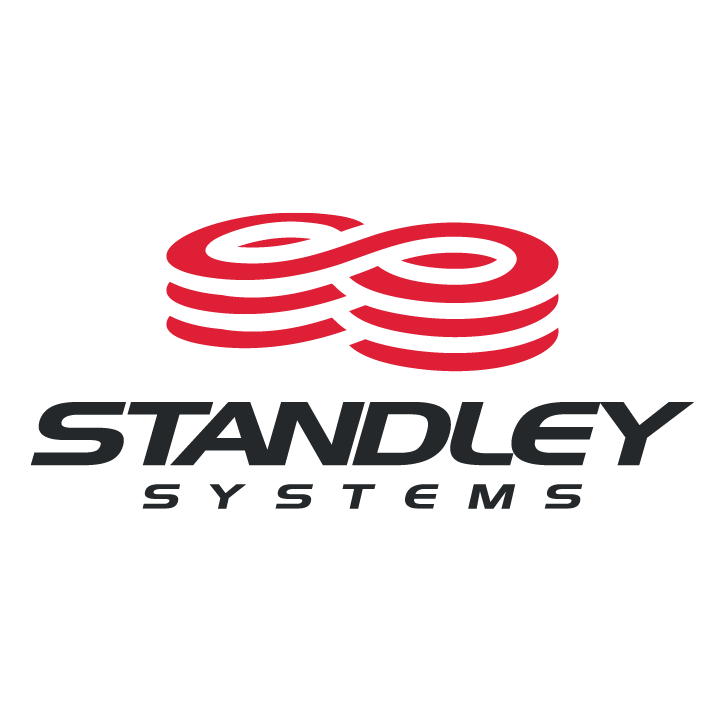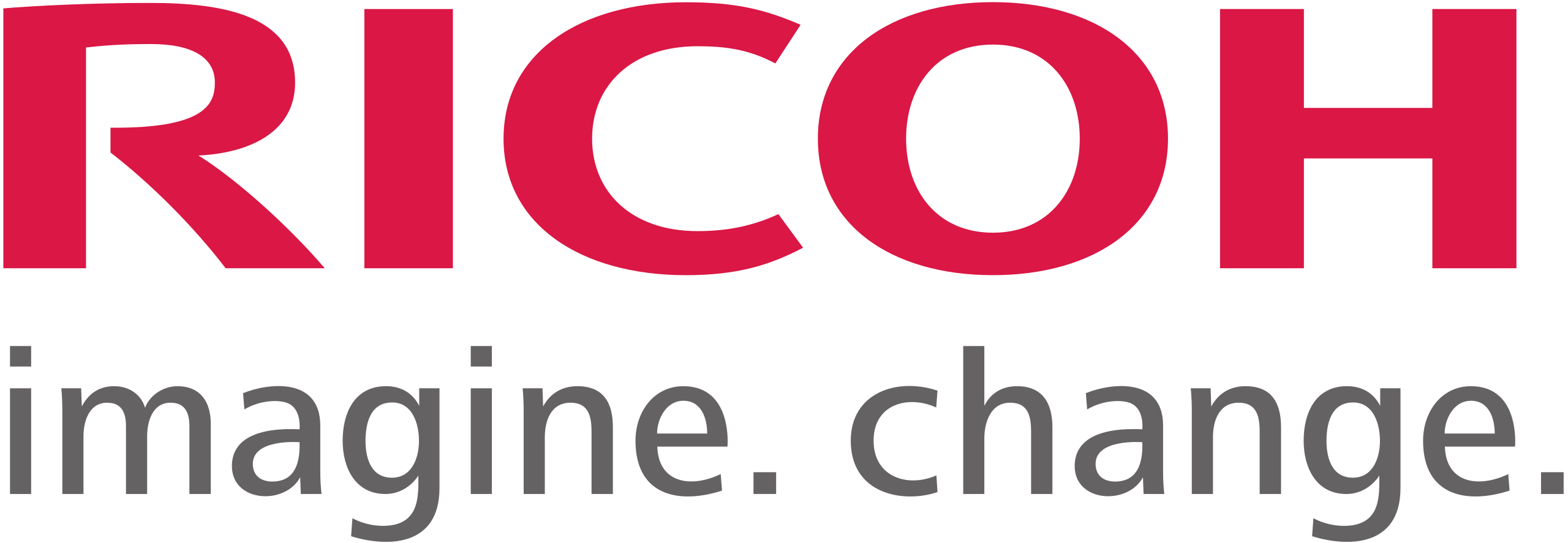6 min read
How to Create a Document Management System: a Comprehensive Guide
By:
Standley Systems Staff
on
August 23, 2024
Updated: August 23, 2024

How to create a document management system is a critical question for businesses of all sizes. Efficient document management is crucial for maintaining organization, productivity, and compliance within any company. A well-organized Document Management System (DMS) can streamline workflows, enhance collaboration, and ensure critical information is easily accessible when needed. The volume of documents and data is continually increasing, and having a robust DMS is no longer a luxury but a necessity.
This guide will walk you through the steps of creating a DMS tailored to your business requirements, explore options for using popular tools like Excel and SharePoint, and address common questions about setting up and managing such systems. Whether you're a small business looking for a simple solution or a large enterprise requiring a more complex system, this guide will provide valuable insights and practical tips to help you establish an efficient document management strategy. By the end of this guide, you'll understand the importance of a DMS and how to implement one effectively to support your business operations.
WHAT IS A DOCUMENT MANAGEMENT SYSTEM?
A Document Management System (DMS) is a sophisticated software solution crafted to manage, organize, and oversee electronic documents and digital representations of physical documents within an organization. By facilitating seamless document creation, secure storage, efficient retrieval, and collaborative sharing, a DMS significantly enhances operational efficiency and productivity while reducing overall costs. This tool streamlines workflows, improves document accessibility, and ensures regulatory compliance, making it an essential asset for modern businesses striving to optimize document handling processes.
BENEFITS OF A DOCUMENT MANAGEMENT SYSTEM
A well-implemented DMS offers several advantages:
- Improved Efficiency: By centralizing document storage and enabling quick retrieval, a DMS reduces the time employees spend searching for documents.
- Enhanced Collaboration: Multiple users can access and work on documents simultaneously, fostering better teamwork and communication.
- Increased Security: A DMS ensures that sensitive documents are accessible only to authorized personnel, thus safeguarding confidential information.
- Regulatory Compliance: Many industries are subject to strict regulations regarding document handling and storage. A DMS helps ensure compliance by maintaining proper records and audit trails.
Cost Savings: Reducing the need for physical storage and minimizing paper usage can lead to significant cost savings over time.
STEPS TO SET UP A DOCUMENT MANAGEMENT SYSTEM
Setting up a Document Management System (DMS) involves several critical steps that ensure the system is tailored to meet your organization’s specific needs. Each step plays a vital role in creating a DMS that is efficient, secure, and user-friendly. Here’s a detailed process to guide you through setting up a DMS from start to finish:
1. Assess Your Needs
Identify the types of documents you need to manage, their volume and the frequency of access. Consider any security and compliance requirements specific to your industry. This assessment will guide your choice of DMS solution.
2. Choose the Right DMS Solution
Evaluate different DMS software options, considering factors like scalability, integration capabilities, and user-friendliness. Decide whether an on-premises or cloud-based solution best suits your needs.
3. Plan Your Document Structure
Organize documents into categories and subcategories, and define a clear naming convention for files. Establish a folder hierarchy that reflects your business processes.

4. Implement Metadata and Indexing
Tag documents with relevant information, making them easily searchable. Use indexing to improve search functionality.
5. Set Up User Permissions
Define user roles and access levels to ensure that sensitive documents are accessible only to authorized personnel.
6. Migrate Existing Documents
Migrating existing documents to your new Document Management System (DMS) is a critical step that ensures a smooth transition and sets the foundation for effective document management. This process involves both digitizing physical documents and importing electronic files into your new system.
7. Train Your Team
Ensure that your team understands how to use the DMS. Provide training sessions and create user guides to facilitate smooth adoption.
8. Monitor and Optimize
Regularly review the system for performance issues and gather user feedback to make improvements.
.jpeg?width=485&height=324&name=train%20your%20team%20(1).jpeg)
HOW TO CREATE A RECORDS MANAGEMENT SYSTEM
A Records Management System (RMS) focuses on the lifecycle of records, from creation to disposal. Setting up an RMS involves identifying which documents qualify as records based on regulatory requirements and business needs. Here’s how to set one up:
Identify Record Types: Determine the types of records your organization needs to manage.
Create a Classification Scheme: Develop a system to categorize and organize records.
Implement Retention Schedules: Define how long different types of records need to be kept.
Set Up Disposal Procedures: Establish processes for securely disposing of records that are no longer required.
OVERCOMING COMMON CHALLENGES IN DOCUMENT MANAGEMENT
Implementing a DMS can come with its challenges. Here are some common issues and how to address them:
Resistance to Change
Employees may be resistant to adopting a new system. To overcome this, involve them in the planning process, provide adequate training, and highlight the benefits of the new system.
Data Migration
Moving existing documents to the new system can be daunting. Plan the migration process carefully, ensure data integrity, and consider using data migration tools if available.
Ensuring Compliance
Compliance with industry regulations is critical. Regularly update your DMS to adhere to regulatory changes and conduct periodic audits to ensure ongoing compliance.

FUTURE TRENDS IN DOCUMENT MANAGEMENT
The field of document management is continually evolving. Here are some trends to watch out for:
Artificial Intelligence and Automation: AI and automation are transforming document management by enhancing search capabilities, automating workflows, and improving data analysis.
Cloud-Based Solutions: Cloud-based DMS solutions offer scalability, remote access, and reduced infrastructure costs, making them increasingly popular among businesses.
Enhanced Security Measures: With the rise of cyber threats, advanced security features such as encryption, multifactor authentication, and regular security audits are becoming essential components of a DMS.

BEST PRACTICES FOR DOCUMENT MANAGEMENT
Standardize Document Naming Conventions: Use consistent naming conventions to make documents easily identifiable.
Regularly Back-Up Documents: Ensure that all documents are regularly backed up to prevent data loss.
Maintain Compliance: Stay updated with regulatory requirements and ensure your DMS complies with them.
INTEGRATING DMS WITH OTHER BUSINESS SYSTEMS
Integrating your DMS with other business systems can further enhance efficiency and data flow:
ERP Integration: Connecting your DMS with Enterprise Resource Planning (ERP) systems ensures seamless integration of document management with other business processes, such as finance and inventory management.
CRM Integration: Linking your DMS with Customer Relationship Management (CRM) systems improves customer service and sales processes by providing quick access to customer-related documents and information.
These integrations enable a more cohesive and streamlined operation, allowing your business to function more efficiently and effectively.
.png?width=537&height=262&name=CRM%20integration%20%20(1).png)
FINAL THOUGHTS ON BUILDING YOUR DOCUMENT MANAGEMENT SYSTEM
Establishing a Document Management System (DMS) is a critical initiative for improving organizational efficiency and enhancing security. By carefully following the steps outlined in this comprehensive guide, you can create a DMS that is perfectly aligned with your business requirements, whether you choose to utilize Excel, SharePoint, or other Microsoft tools.
At Standley Systems, we specialize in providing expert solutions to assist you in implementing and maintaining an efficient DMS. Our tailored services ensure that your documents are managed securely and effectively, supporting your business operations at every stage.
For personalized assistance and advanced document management solutions, reach out to Standley Systems today. Our team is dedicated to streamlining your document processes and helping you achieve your business objectives. From initial setup and training to ongoing support and optimization, let us empower your organization with greater efficiency and productivity through effective document management.












